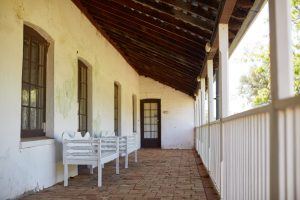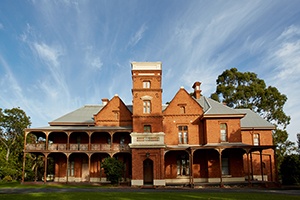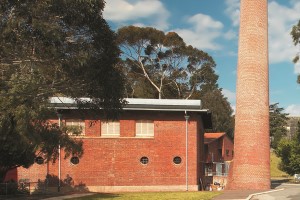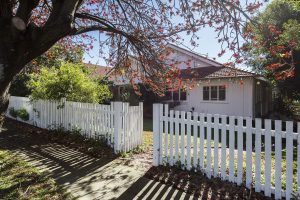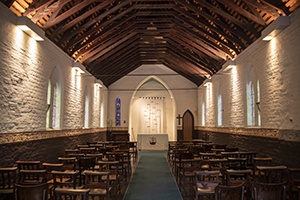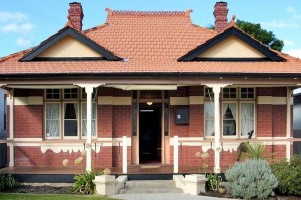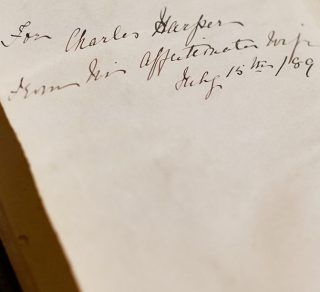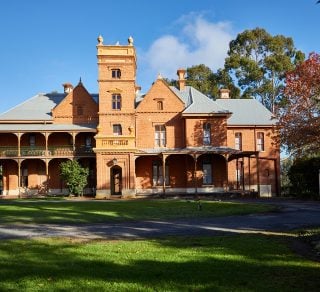Developed in partnership with the Department of Local Government, Sport and Cultural Industries, the INSPIRE Writer in Residence initiative is being offered for a third year. Applications are now open.
The INSPIRE Writer in Residence initiative offers writing in residence opportunities at National Trust places.
The program will help to conserve and share the stories of our places, through activation of heritage assets by storytelling, engagement, participation, and interpretation (assets being places, collections, cultural stories).
This initiative is being offered for a third time in 2022-23 and is an exciting opportunity for Western Australian writers to undertake a residency in one of 6 National Trust places in the Perth metropolitan area.
The initiative is open and responsive to writers’ needs, inclusive of emerging and established writers, and recognises the breadth of storytelling and writing genres Western Australia is known for.
The benefits of the residency centre on opportunities for research, creative and professional development, encouraging excellence in writing, and nurturing connections with potential publishers.
Closing dates and timelines
Applications for residencies in 2022-23 will close at midnight WST Monday 12 September 2022. Applications will be accepted electronically.
Successful applicants will be notified in October 2022.
Upon notification, successful writers will be invited to a familiarisation briefing with the National Trust of Western Australia to introduce writers to the archive systems and research capabilities, program expectations, and an on-site induction will be necessary to introduce the heritage sites, meet volunteers, and staff, familiarise with security, local and emergency contacts, evacuation procedures etc.
Five residencies will be implemented between October 2022 and April 2023.
For details on INSPIRE and how to submit your application, please follow the links below to download the information pack or to access the submissions page.
For further information please contact:
Ricky Arnold
Writer in Residence Program Coordinator
Email: writers@ntwa.com.au
INSPIRE is proudly supported by
This exciting initiative has implemented nine residencies over 2020 and 2021 to an eminent group of Western Australian writers: David Allan-Petale, Nandi Chinna, Lisa Collyer, Madison Godfrey, John Mateer, Ros Thomas, Melinda Tognini, John Toohey and Sasha Walsey. The value of the residency is stated in their own words:
Hear from previous INSPIRE Writers in Residence
As I’d already conducted extensive research and been to the property twice, I came to my first day of residency with a journal full of ideas. What I hadn’t accounted for was how the dynamic experience of inhabiting the property, the setting, and the people I would come in contact would influence my work. I felt an urgent sense to work at speed wanting to get the most out of the experience and subsequently produced an edited poem a day.
— Lisa Collyer
Living and working in a historic home true to the time I was writing about was an incredible experience. I expected to be enthralled by the area’s history, and while that happened, I found I was strongly moved by the home itself.
That a prime minister lived in such a simple place in such a complex time was very inspiring to me. My book explores moral corruption in the Second World War, so to be in a place where a family lived frugally, honestly, and openly was very moving. It has helped give my story a true north, more heart, and dare I say grit.
Many nights I would sit on the front veranda and imagine John and Elsie Curtin facing the darkest days of Australia’s history with brave determination. Being in their space has opened my eyes to more than just history, but to a way of living and being that endures.
— David Allan-Petale
The Inspire program provides writers with a rare opportunity to focus wholeheartedly on their creative practice. The inclusion of a stipend for participants meant that I could pause all my other commitments, and focus on writing new work without stressing about how I was going to pay rent afterwards. This is an opportunity I am very grateful for.
— Madison Godfrey, who won the Tom Collins Poetry Prize, run by the Fellowship of Australian Writers WA, with her poem ‘Unmade’ written while Writer in Residence at Peninsula Farm in late 2020.


